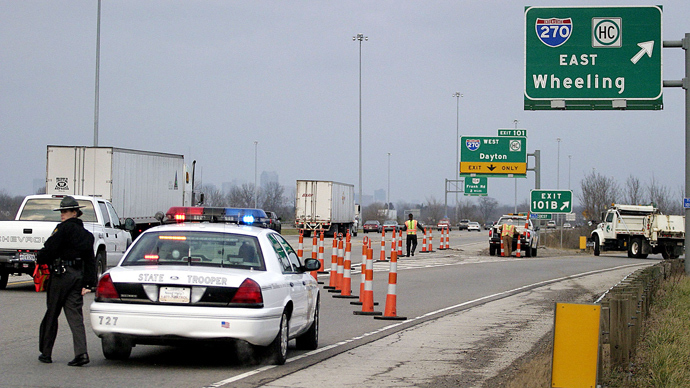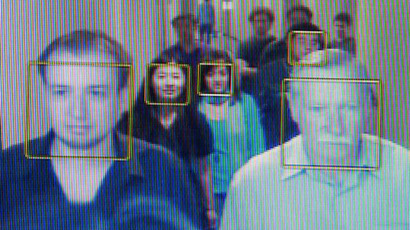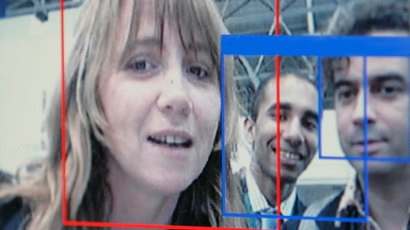Ohio admits facial recognition used to scour state driver’s license database without public knowledge

For nearly three months, law enforcement in Ohio have had access to an unregulated facial recognition database that includes all statewide driver’s license photos and mug shots, The Cincinnati Enquirer reported Monday.
The system was live for two weeks before Ohio Attorney General
Mike DeWine and his chief operating officer found out. At that
point, DeWine and other state officials debated in what capacity
the database was operating -- in a “testing” phase or as a
full launch -- and whether to even tell the public about the
database’s existence.
The state’s system, new in early June, has been subject to 2,700
searches by law enforcement thus far. The database matches
images, in many cases gleaned from security cameras, to state
photos via driver’s licenses, mug shots and other official
photos.
The Enquirer reported Cincinnati alone has access to 118 official
security cameras around the city, with hopes of pushing that
number to 1,000 by 2014. Hundreds more owned by private entities
are routinely made available to law enforcement, marking an
ever-pervasive surveillance culture with use of enhanced
technology like facial recognition software.
Those with access to the system, including Ohio’s law enforcement
officers and civilian employees of police departments, could
match any image to the more than 21 million photos in the
database while gaining access to personal information in the
meantime. The system finds the 12 file images most likely to
match the snapshot.
DeWine told The Enquirer he didn’t think the public needed to be
immediately notified about the launch because dozens of other
states have facial recognition photo databases. In addition, he
pointed to FBI use of a similar system and supposed safeguards
against abuse in Ohio as proof his office was justified in
keeping state’s system secret.
“Should we have talked about it the day it went live?”
DeWine said according to The Enquirer’s original report. “You
could argue that.”
The attorney general changed his tune Monday, saying he should
have made the database public in June, though he continued to
defend its privacy guidelines.
“I still think the protocol’s adequate,” DeWine said
Monday at a press conference when asked about potential abuse of
the database thus far. “We’re not aware of any misuse. When
you get misuse, someone reports it. ... The best deterrent is
putting people in jail, quite frankly.”
DeWine has also announced the creation of an advisory group of
judges, prosecutors and law enforcement officials to make
recommendations to guide use of the system.
Ohio legislators are calling for proper legislative approval and
oversight before the system is used any further.
“We don’t even know if it’s constitutional,” said Sen.
Shirley Smith, the top Democrat on the state Senate’s government
oversight committee. “We know that it’s an invasion of
privacy. I understand that he’s the attorney general, but I think
we should have been apprised of it before it hit the street.”















